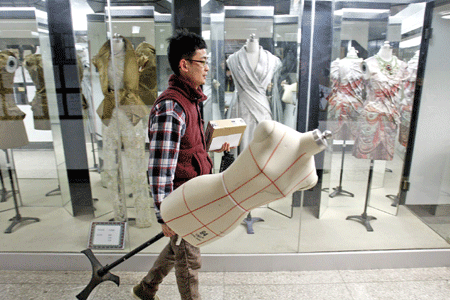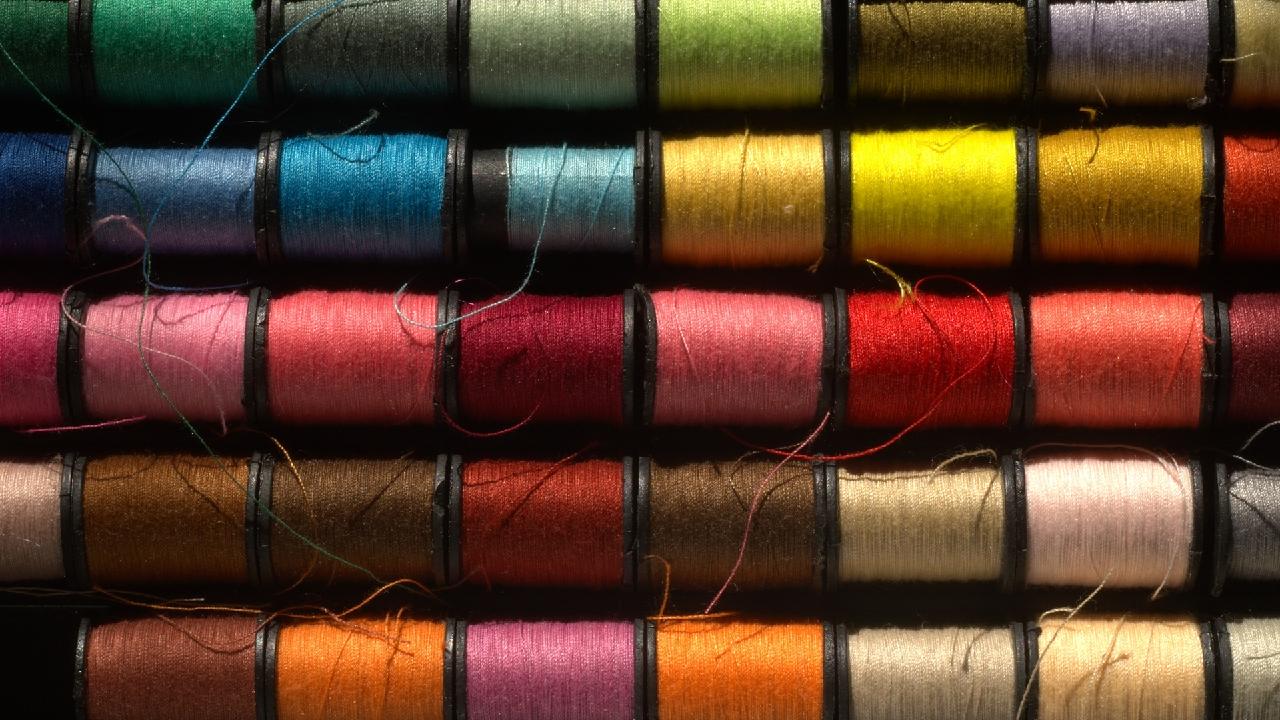|
SA's textile industries are experiencing contrasting fortunes, with wool prices at record levels and cotton down substantially from its highs of 10 months ago.
Mohair, of which SA is the world's biggest producer and the centre of the global industry, is also experiencing buoyant conditions.
The wool industry's merino indicator - a weighted index of various types of apparel wool - was at R102.65/kg on Friday, 20 January, just off the record of R105.15/kg posted a week earlier.
Ona Viljoen, spokesman for industry body Cape Wools, says the price has been high for a few months because world wool production has been low.
"One reason for the low supply of wool to the market was high mutton and lamb prices," says Viljoen.
Faced with low wool prices, sheep farmers found it more profitable to slaughter animals than to feed them.
SA produced 48.3mkg of greasy, or unprocessed, wool in the season to mid-2010, the latest period for which national production figures are available.
It is second only to Australia in the production of apparel wool and exports about 98% of the total local clip.
"New Zealand produces more wool than us but it is of a coarser nature and unsuitable for clothing," says Viljoen.
Because of high exports, the local industry is exposed to international economic conditions and fluctuations in the value of the US dollar, the preferred trading currency for most importers.
The debt crisis in the eurozone has created economic uncertainty. "We will have to see precisely what effect it has on demand," Viljoen says.
Fashion-conscious Italy, France and Germany are among the biggest consumers of SA wool in Western Europe, with Asian giants China and India also taking large quantities. Japan and Taiwan are smaller buyers.
China has become an increasingly bigger buyer as its government stimulates investment by expanding its textile industry, which is attractive for its labour intensity.
Viljoen says 50% of wool imported by China is made into products and sold there. The other half is exported by the clothing industry to the US, Japan and Europe.
The Chinese also do most of the wool processing - washing and combing - themselves. This has resulted in two processing plants in SA closing, leaving just one.
Though the wool industry regards cotton as a competitor, synthetic fibres, which "are taking over the market", are the biggest threat.
"We had a fibre market share of 75% in 1985. That has now fallen to 35%," says Cotton SA CEO Hennie Bruwer
He says the cotton price rose to record levels in March last year after being depressed for many years.
"Through last year the industry had a good time as prices rose to US$2.42/lb," he says. The main reason was the quicker-than-expected economic recovery after the recession in 2008.
"It caught out farmers who had stopped planting," Bruwer says. "But then everybody entered the market again and the price has fallen to about $1/lb."
It is still a good price in terms of the long-term average, but he expects cotton production will come under pressure as farmers turn over their mostly irrigated land to maize, presently at record prices in SA. It is easier to grow than cotton.
In world terms, SA is a small cotton producer, bringing an average of just 85000 bales a year to market. In comparison, Tanzania produces 450000 bales a year.
Mohair SA GM Deon Saayman says 2011 was a good year for producers of the expensive fibre that is "scarcer than cashmere and silk".
SA produces half of the world's mohair and imports the rest of global production for processing.
Last year, prices averaged R93.45/kg, 6.6% higher than in 2010.
Italy is the biggest importer for mohair. China is also a large buyer, but the imports have halved because of economic uncertainty.
|




